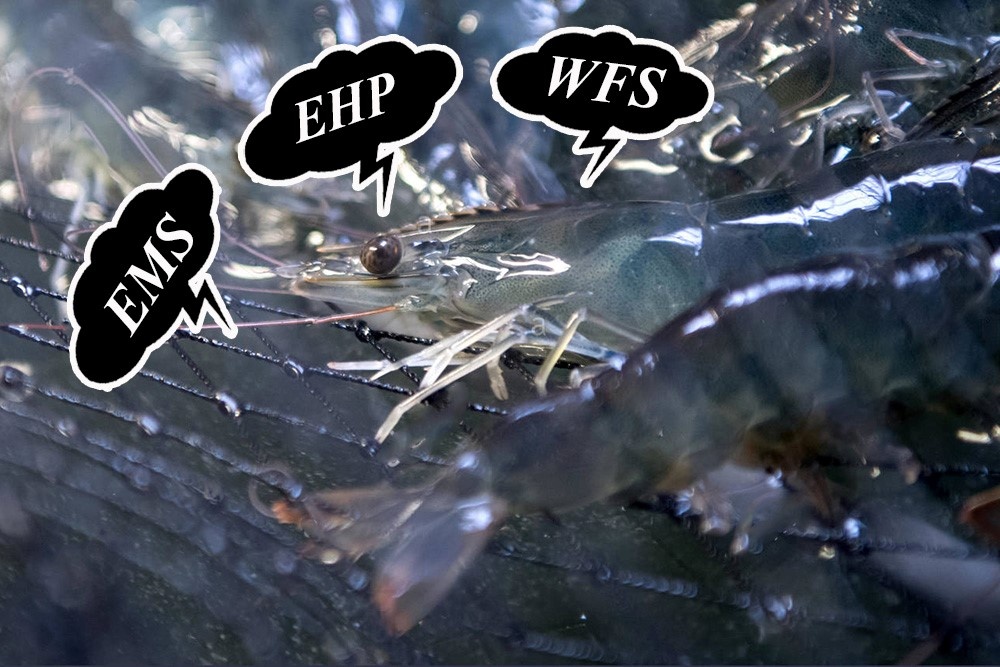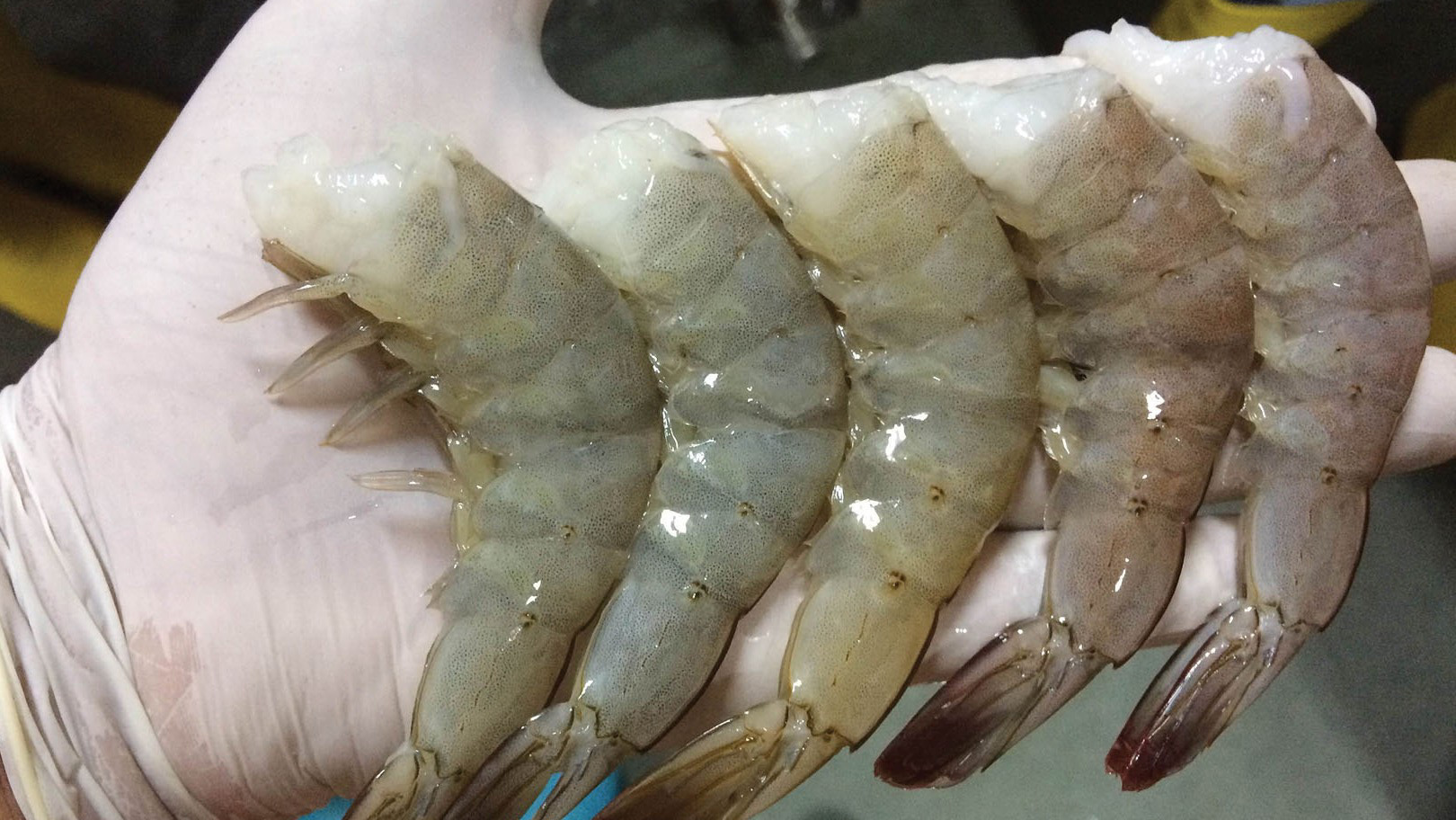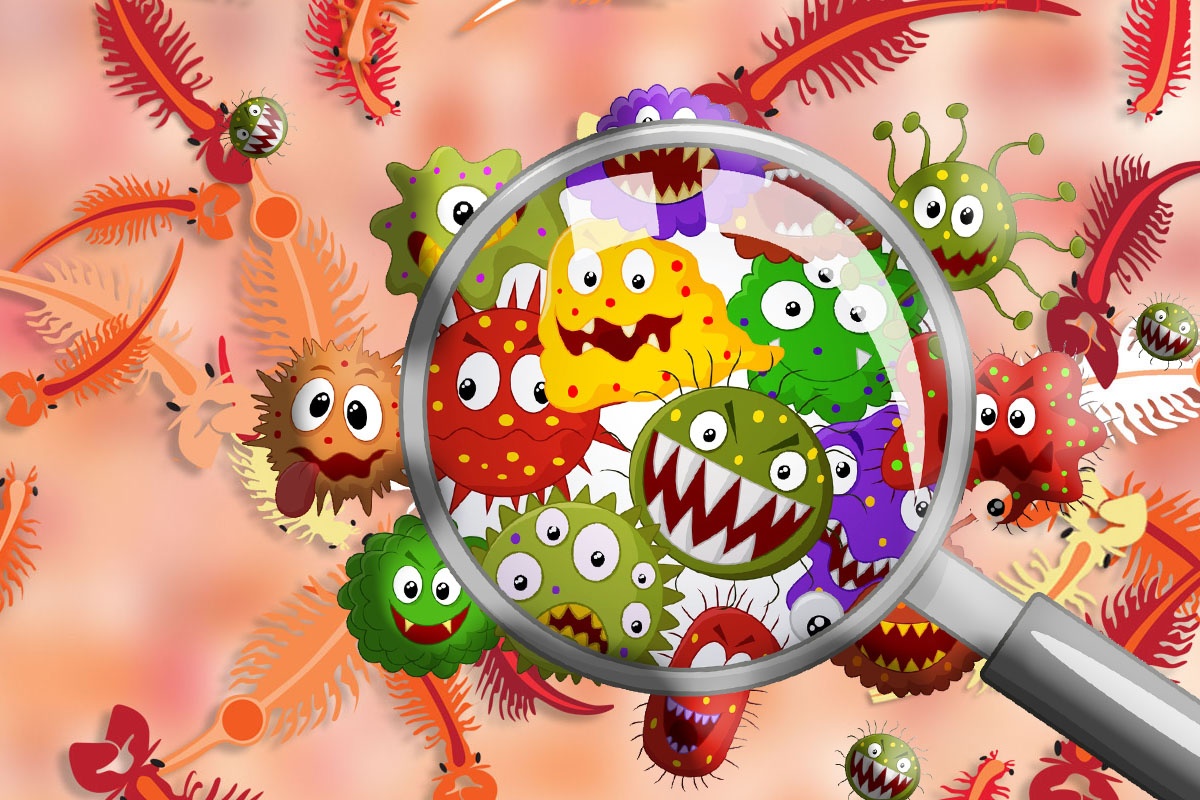Technical Information
Measures to prevent and treat Black Spot Disease on Shrimp
REASON
There are many causes such as:
– Groups of bacteria present in pond water such as Vibrio sp, Pseudomonas, Aeromonas cause.
– Shrimp cultured in low salinity conditions. Mineral deficiency and high toxic gas content.
CONDITIONS FOR DEVELOPMENT OF DISEASE AND HAZARDS
– Black spot disease often occurs in polluted ponds, high concentrations of toxic gases NH3, H2S, NO2, alkalinity below 100ppm, water temperature above 290C for a long time, oxygen content not reaching the optimal threshold of 6ppm During the rearing period, stocking with high density.
– The disease can appear all year round, especially at the time of season change, abnormal weather changes lasting for 5-10 days, the rate of diseased shrimp often increases.
SIGNS OF DISEASE
Black spot disease on white shrimp can appear from 20 to 90 days of age and is most concentrated from 25 to 45 days of age. Especially, in the seasons of changing seasons, when the weather changes, the salinity is low, which is the time when the percentage of shrimp with black spots is highest.
When shrimp have black spots, if observed with the naked eye, we can notice the following signs:
– Shrimp eat less, stop eating, swim lethargic, less agile, slow growth rate;
– On the shrimp body, there are many tiny black spots scattered or clustered in clusters;
– There may be secondary lesions such as tail wear, beard scab, hair loss, etc.
– For severe cases, the intestines will be empty, the liver will be pale, the shrimp surface will be black and have a bad smell.
When shrimp are infected with black spot disease, the treatment is very difficult. In some cases when disease is detected late, almost all measures will not bring good results and must be harvested immediately. Some cases of shrimp with black spot were detected only at harvest, leading to a decrease in farmed shrimp productivity.

Black spot disease on white leg shrimp appears with tiny black spots
MEASURES FOR PREVENTION AND TREATMENT
* General recommendation
– Select quality, reputable shrimp seed, quarantine, stocking at reasonable density.
– Regularly add minerals throughout the farming process, especially minerals containing high Mg2+ content.
– Periodic microbiology with high dosage to control the growth of blue-green algae in ponds, limit algae decay, toxic gases.
– Regularly check the bacterial density in the water to kill bacteria effectively.
– Ensure the dissolved oxygen content in the pond is above 5mg/liter.




